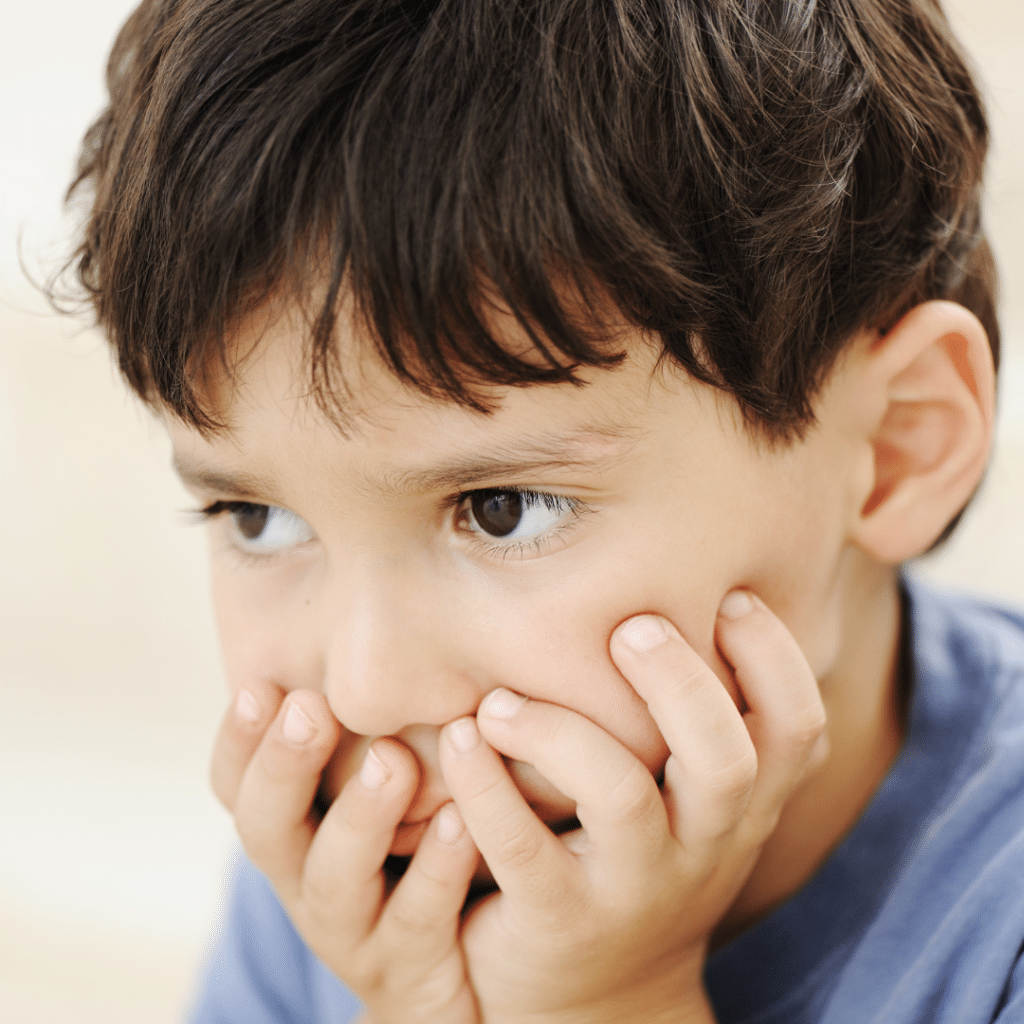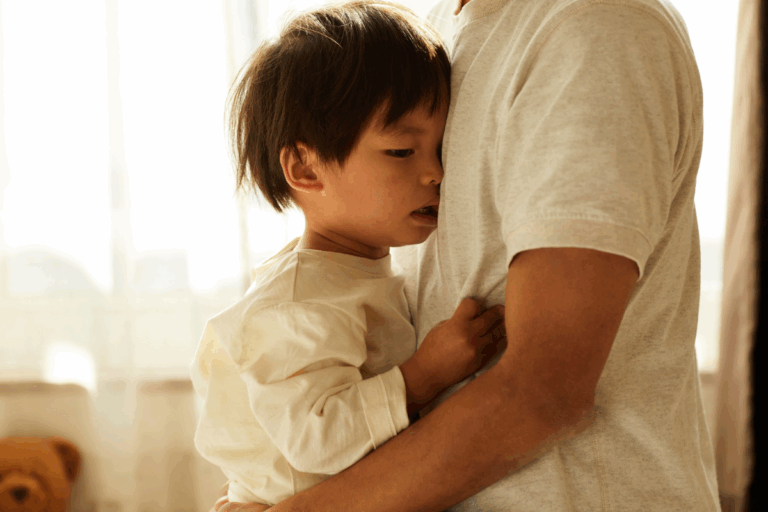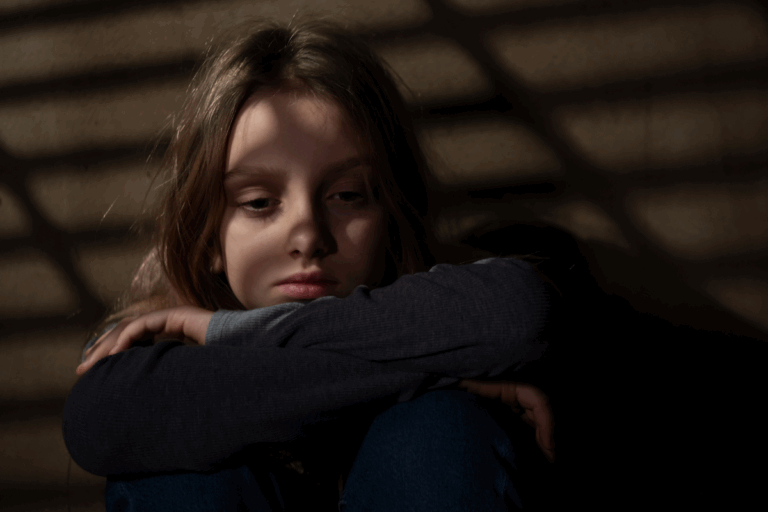3 Common Mental Health Disorders in Children and Adolescents
Meredith Rappaport, PA-C, CAQ-Psy, LCSW

Mental health challenges in children and adolescents have significantly escalated in recent years, with a diverse range of conditions affecting young individuals. About 20% of U.S. children and adolescents aged 3-17 are affected by various mental, emotional, developmental, or behavioral disorders. Among these conditions, three common mental health disorders stand out in children and adolescents: Attention Deficit Hyperactivity Disorder (ADHD), anxiety disorders, and depression. Various factors contribute to the rise of mental health challenges with this age group, including COVID-19 lockdowns which caused significant disruptions, leading to increased stress, anxiety, and depression, as well as the pervasive impact of social media, which often exacerbates feelings of inadequacy and isolation. Understanding these common mental health issues and their contributing factors is the first step toward addressing the urgent needs of this vulnerable population.
ADHD (Attention-Deficit/Hyperactivity Disorder)
ADHD is notably prevalent among children, impacting their ability to maintain focus, control impulses, and regulate activity levels. Approximately 6.1 million children aged 2-17 years have been diagnosed with ADHD. This represents about 9.8% of children in that age group, underscoring the importance of early diagnosis and intervention. Without appropriate treatment, children with ADHD face numerous challenges, including academic difficulties, social isolation, and increased risk of engaging in risky behaviors. Moreover, ADHD often coexists with other mental, emotional, or behavioral disorders. 64% of children with ADHD have at least one other disorder, further complicating their condition and treatment. Interventions such as behavioral strategies, organizational skills training, and, if necessary, medication, can aid in managing ADHD. The consequences of not treating ADHD extend beyond childhood, potentially leading to continued academic and social difficulties, substance abuse, and mental health issues into adulthood. Therefore, comprehensive care and support for children with ADHD and their families are crucial to mitigate these risks and promote better long-term outcomes.

Anxiety Disorders

Anxiety Disorders in children and teens, covering a range of conditions such as generalized anxiety disorder, panic disorder, and social anxiety disorder, affect over 7% of adolescents aged 13 to 17. These disorders are characterized by persistent, excessive worry about future events, fear of the unknown, or intense responses to stress, impacting their daily functioning, school performance and social interactions. Early identification and management of anxiety symptoms are crucial in children to prevent these from escalating into more severe issues. Effective support for managing anxiety in children involves a comprehensive approach that includes therapeutic interventions such as CBT, which can help children understand and manage their fears and anxieties. Teaching mindfulness techniques can also be beneficial in helping children focus on the present moment and reduce symptoms of anxiety. Additionally, creating a reassuring environment, both at home and in school, can provide children with a sense of security and support, making it easier for them to express their feelings and manage their anxiety symptoms.
Depression
Depression in adolescents is particularly alarming, with approximately 15.1% of those aged 12-17 experiencing major depressive episodes, highlighting the need for early recognition and intervention. This condition not only impairs the emotional and social development of adolescents, but depression in this demographic poses severe long-term physical health risks, including cardiovascular disease and a predisposition to chronic illnesses, underscoring the profound impact on overall well-being. Depression also has a dire consequence: an increased risk of suicide. It’s heartbreaking to note that suicide rates among adolescents have shown a disturbing increase, marking it as one of the leading causes of death in this age group. This emphasizes the need for immediate action and support to address mental health concerns. If you or someone you know may be at risk, the National Suicide Prevention Lifeline provides crucial support and can be reached by dialling 988 or 1-800-273-TALK (1-800-273-8255), offering a lifeline to those in need.

The Importance of Recognition and Support
Recognizing these conditions early is crucial. The prevalence of mental health disorders and their onset early in life, with 50% of all lifetime mental illnesses beginning by age 14, and 75% by age 24, emphasizes the importance of early mental health support. Access to treatment is still a pivotal issue, with less than half of U.S. adults with mental illness receiving treatment in 2021. This gap is even more pronounced among children and adolescents, many of whom do not receive the necessary mental health care.
In conclusion, as a society, prioritizing mental health care for our children and adolescents is not just beneficial but essential for fostering healthier, more resilient generations. Here is how you can find out more information about ways to advocate for more mental health services to address the growing need and lack of adequate awareness and resources:
https://www.nami.org/Support-Education/NAMI-Programs/NAMI-Smarts-for-Advocacy
Responsibly edited by AI
Other Blog Posts in
Animo Sano Psychiatry is open for patients in North Carolina, Georgia and Tennessee. If you’d like to schedule an appointment, please contact us.
Get Access to Behavioral Health Care
Let’s take your first step towards. Press the button to get started. We’ll be back to you as soon as possible.ecovery, together.




